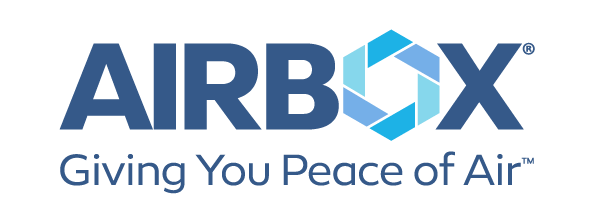The Apex Series is our most powerful portable air cleaning system, perfect for large commercial spaces, such as gyms, cafeterias, large offices, healthcare facilities, meeting spaces, and more. With customizable filter stacks, the Apex can remove the toughest of pollutants like infectious aerosols and VOC’s.
Not only flexible in various filter media, the Apex Series industrial air scrubber is also highly adaptable. These units can be suspended from the ceiling to provide vertical downward airflow and can be transported from room to room with it’s mobile design.
Key Benefits
Energy Conservation (IAQP)
Can be used for ASHRAE Standard 62.1 Indoor Air Quality Procedure (IAQP) for energy reduction or possible reduction of outdoor air through the use of recirculated and purified air, while maintaining all design compounds within the building under their design limits
Reliable Efficiency
Direct-drive variable speed, high-efficiency fan motor with single intake plenum provides increased system dependability and efficiency by eliminating drive coupling
Proven Filtration
Provides particulate and chemical contaminant control primarily utilizing a 4-stage filtration system
Minimal Maintenance
Automatic and remote scheduling to reduce energy consumption by running unit during occupied times and optimize longevity of filters through the use of on-board sensors for accurate filter life estimation, rather than time-based filter change intervals
Supplementary Compliance
Compliance with ASHRAE Standard 241 through third-party bioaerosol testing and establishment of an Infection Risk Management Mode (IRMM)
Specifications
COMPLIANCE AND PERFORMANCE
SPECIFICATIONS
| ASHRAE 241 – 2023 |
Compliant System Categories: FU,WU,CU,FH,WH,CH |
| UL Listed | File Number E518053 |
| CARB | Certified |
|
IEST-RP-CC007 |
Certified 99.99% HEPA Filter |
| Bioaerosol Testing | Available upon Request |
ELECTRICAL SPECIFICATIONS
| Operating Voltage | 110/120 VAC |
| Dual Motor | 2x 115VAC, 50/60HZ, Ball Bearing, IP54 Rated UL Listed: File number E319742 |
| Wiring | 22AWG and 16AWG |
| Connectors | Deutsch DT, IP68 Rated |
TECHNICAL SPECIFICATIONS
| Unit Weight | 89.4 lbs. (Non-Shrouded), 99.2 lbs. (Shrouded) |
| Unit Size | 48″H x 24″W x 18″D (Non-Shrouded), 48″H x 24″W x 21.5″D (Shrouded) |
| Maximum Airflow | 1,500 CFM (VACSi 1,140 CFM) |
| Controls | Standard manual control knob or Optional Smart Fleet Management System (IOT) allowing for remote air flow adjustment. |
| Air Flow Angles |
Vertical Projection for suspension in ceiling (Non-Shrouded). Or 45° Projection for upright installation (Shrouded). |
| Enclosure Material |
Aircraft Grade Aluminum Alloy with Antimicrobial Infused Powder Coat Finish |
| Available Colors | Gray or White |
| Additional Features | Polyurethane wheels for mobility |
| Warranty | 5 Year All Inclusive Warranty |
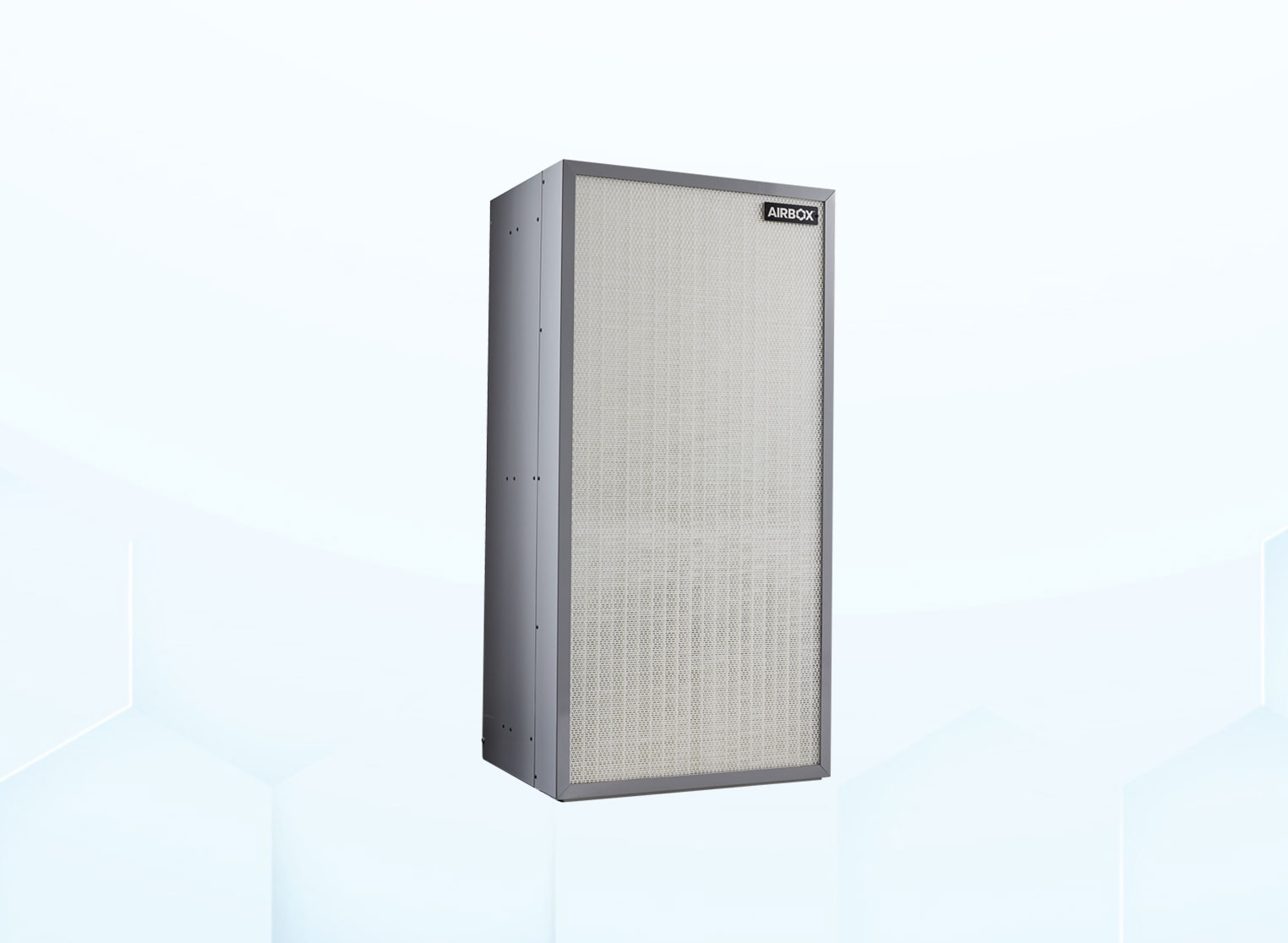
System Construction and Components
- Aircraft grade aluminum alloy with antimicrobial infused powder coat finish
- Optional front Shroud for optimal airflow angles
- High efficiency dual fan motor
- Seamless maintenance with easy change filter mechanisms
- 110/120 Volt power input for ease of installation within any space
- IP68 rated Deutsch Connectors
- Customizable two- to four-stage filtration options for maximum clean airflow
Optimized Controls
- Cellular connected controls make this installation dependable for contamination control
- Optimize energy efficiency by scheduling your system during occupied hours
- Integrated Differential Pressure Filter Sensors provides for efficient maintenance by only changing filters when necessary and simplifying maintenance schedules
- Easy configuration for Infection Risk Management Mode
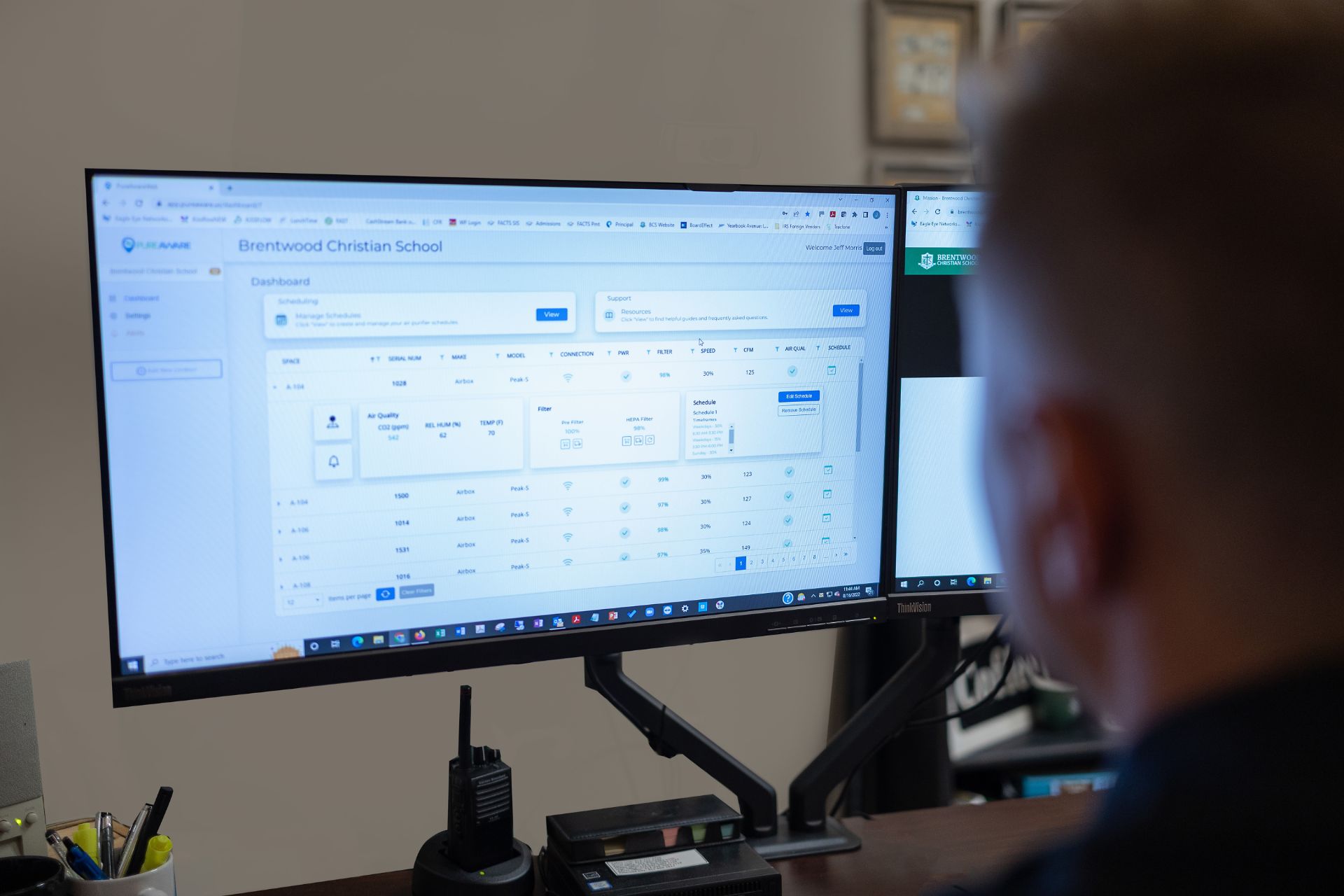

High Quality Filtration
- Dual MERV 9A pre-filters
- MERV 7 Pleated Activated Carbon filters with Synthetic Containment Membrane
- Certified HEPA filters with minimum efficiency of 99.99% @ 0.3 microns
- Chem Shield Advanced Molecular Adsorbent to target specific unwanted Volatile Organic Compounds (VOCs)
APEX 2.0 Filtration
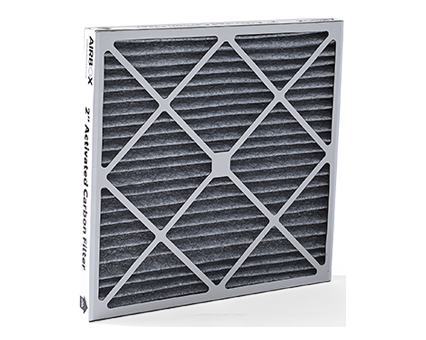
1st Filtration Stage
Activated Carbon Filter
-
MERV 8 2″ Pleated Activated Carbon with Synthetic
Containment Membrane. OZ 3 Rating >30% Ozone -
Removal Efficiency
-
Backed by MERV 9 2″ Radial Pleated Polyester Filters treated with Microban Aegis Microbe Shield®
RECOMMENDED TO BE CHANGED EVERY
6 MONTHS
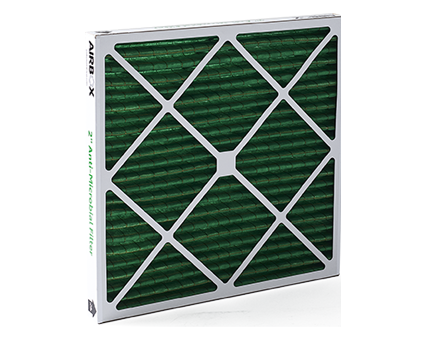
2nd Filtration Stage
Antimicrobial Filter
- MERV 9 4″ Radial Pleated Polyester Treated with Microban Aegis Microbe Shield®
RECOMMENDED TO CHANGE FILTER EVERY
9-12 MONTHS
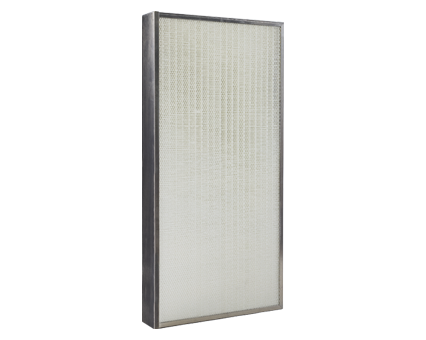
Final Filtration Stage
HEPA Filter
- Certified 99.99% Effective 4″ Pleated Glass Media Treated with Microban Aegis Microbe Shield®
RECOMMENDED TO CHANGE FILTER
EVERY 5 YEARS
APEX 2.0 Performance
ENERGY CONSUMPTION
(WATTS)
AIRFLOW RATE
(CFM)
VACSi INFECTIOUS AEROSOLS
(CFM)
40
400
24,000
90
800
48,000
225
1,200
72,000
330
1,500
90,000
Clean Air Insights

From Concept to Application: How ASHRAE’s IAQP Addenda Strengthen Clarity, Credibility, and Practical Design

What You Need to Know About ASHRAE Table 6-5: The Contaminants That Define Your Indoor Air Quality
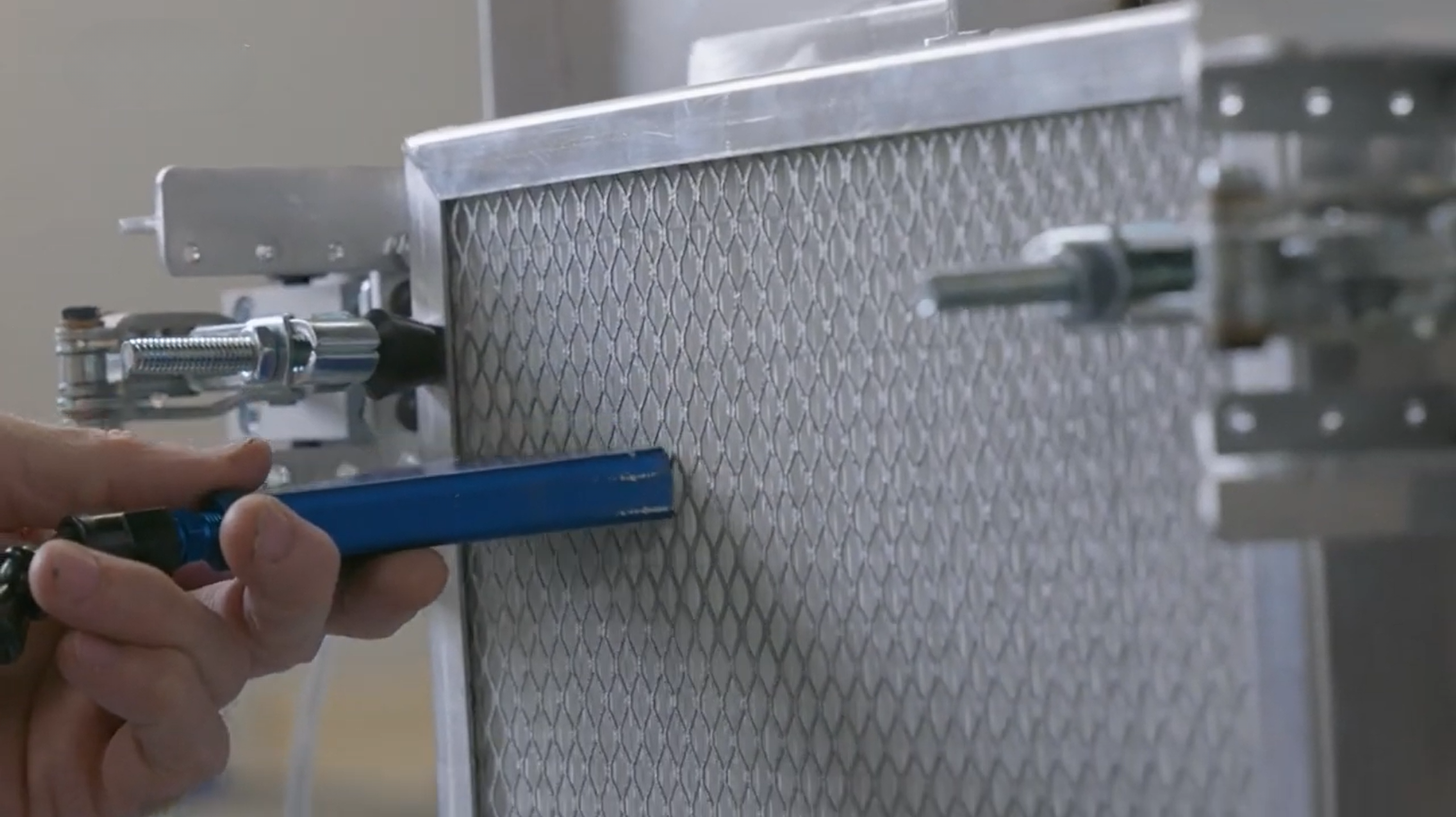
Understanding ASHRAE Standards 145.2 and 52.2: A Guide to Interpreting Air Purifier Performance
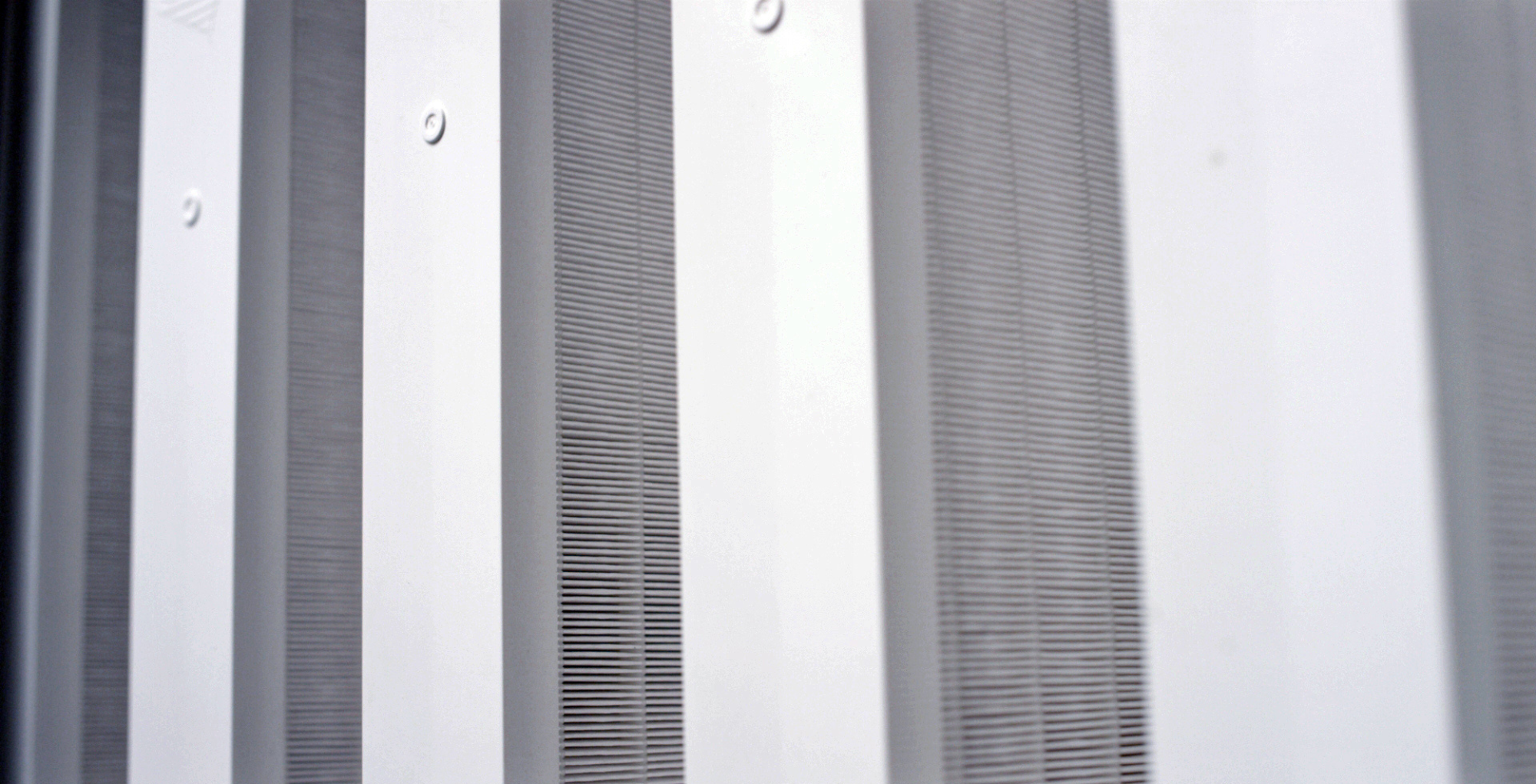
Why Certified HEPA Filters Matter—And What You Should Ask Before You Buy
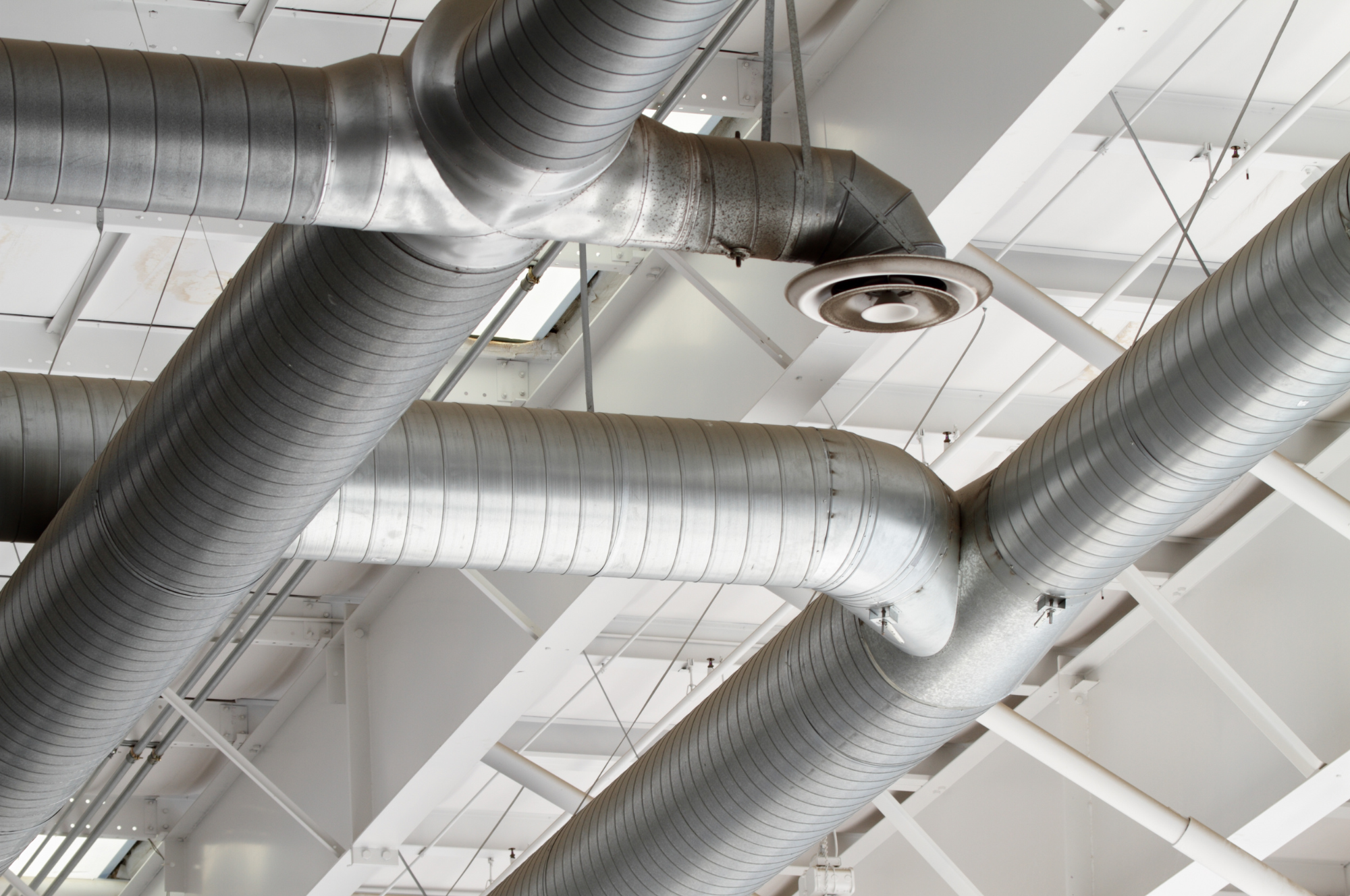
Is IAQP Replacing DCV for Energy-Efficient Ventilation?
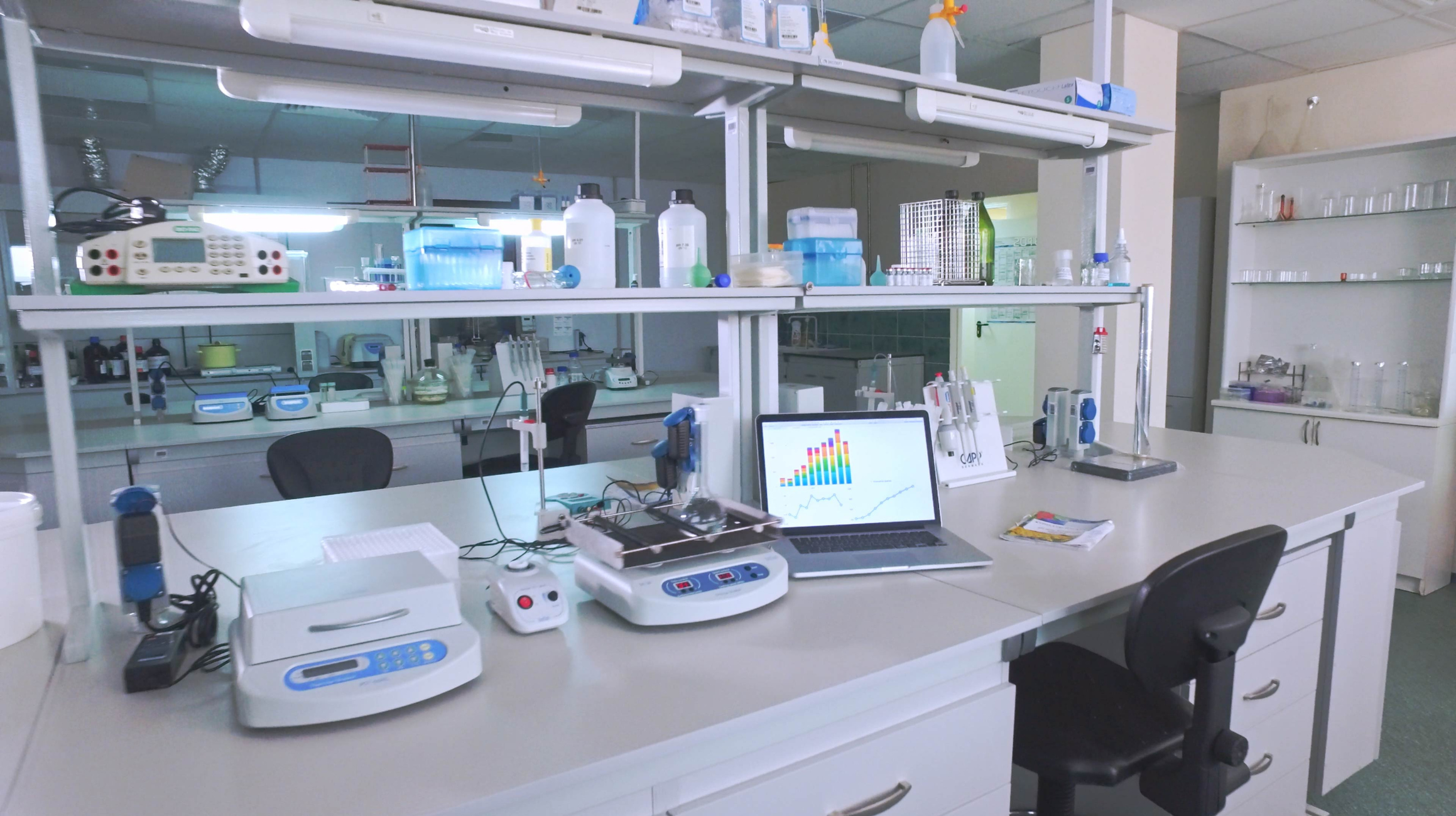
Boosting Lab Air Quality: How Air Purifiers Can Increase Air Changes per Hour (ACH)
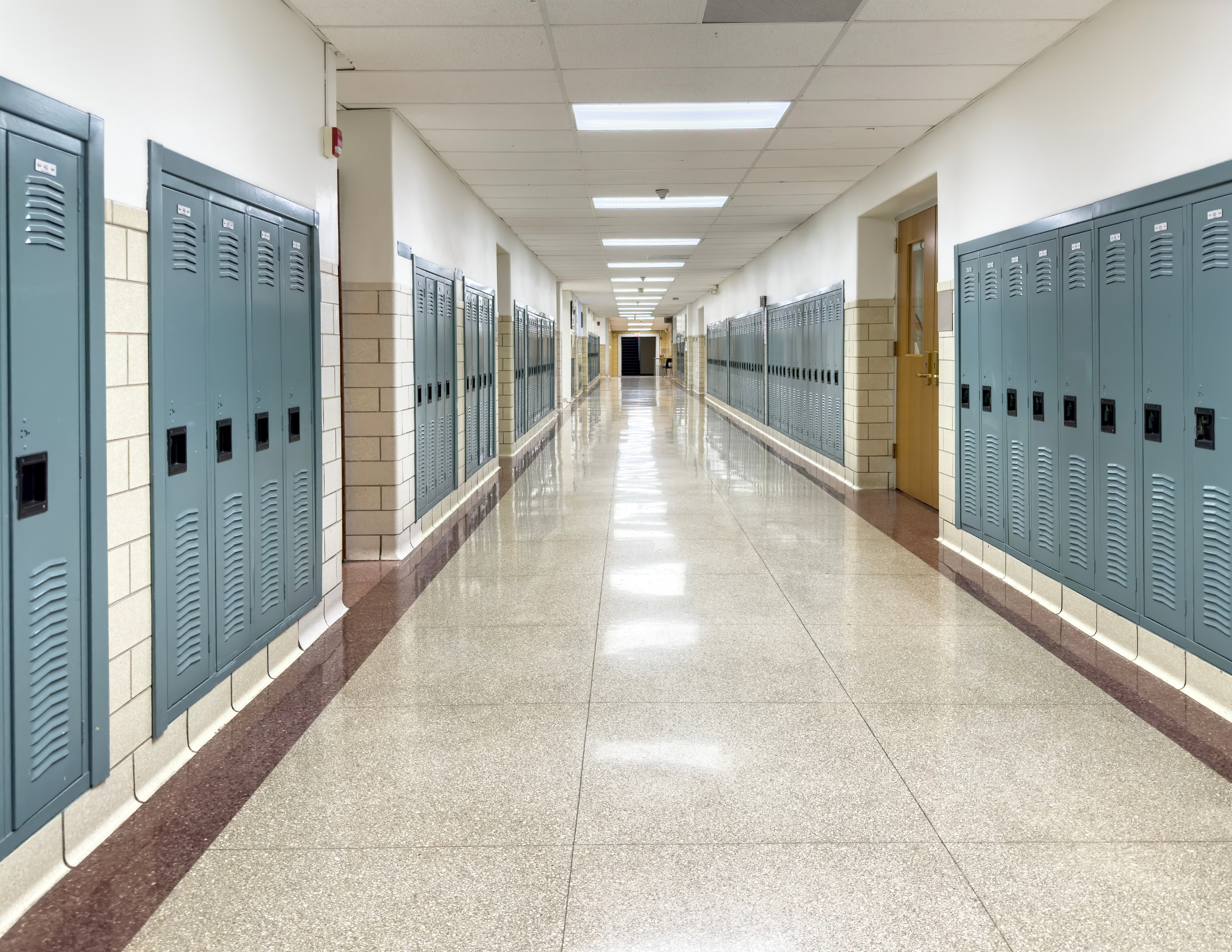
Why Schools Are Adopting IAQP—And Why It Matters

LEED Version 5 is Here: Prioritizing Clean Air and Smarter Energy Use in Buildings

AirBox Revolutionizes Air Purification with the Vortex 4000 HVP: Industry’s First Dual-Purpose, High-Volume Purifier

